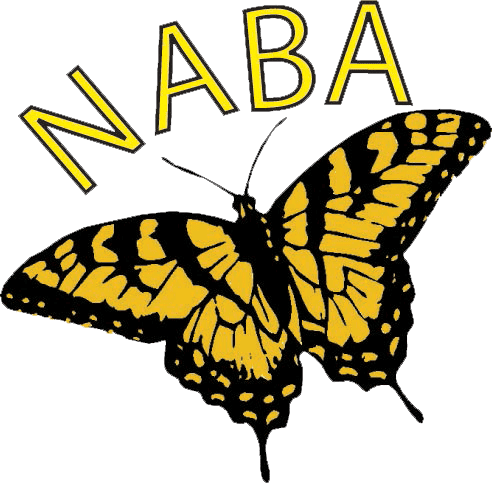
Blue Wild Indigo
(Baptisia australis)
Other common names for this plant include Blue False Indigo,False Lupine, and Redneck Lupine.
Blue Wild Indigo was named the Perennial Plant of the Year in 2010 by the Perennial Plant Association, which indicates the garden-worthiness as well as easy maintenance of this plant.
Even without an award, most gardeners will appreciate Blue Wild Indigo for it’s clear blue flowers and shrub-like form. It is at home in both formal and naturalized gardens, providing early season nectar to a variety of butterflies and pollinators.
Although it is a perennial plant that dies back to soil level in the fall, Blue Wild Indigo grows to look like a small multi-stemmed shrub once established. Consider placing it in your garden plan as you would a small shrub, giving it room to spread into its rounded form. The plant produces a long tap root (which gives it some drought tolerance once established) making it difficult to transplant after a year or two.
Ornamental grasses make good visually contrasting neighbors for Blue Wild Indigo’s blueish-green leaves that appear in groups of three. While the plant takes a few years to mature into its full form, a large container grown plant should bloom the year after transplanting.
Importance as a butterfly nectar source:
Wild Blue Indigo provides nectar to a number of butterflies as well as other pollinators
Importance as a caterpillar food source:
Blue Wild Indigo belongs to the plant family Fabaceae, also known as the pea family. Plants in this plant family feed a number of caterpillars. Depending on your location and availability of competing food plants (most notably crown vetch and alfalfa), the following caterpillars may use blue wild indigo for food:
- Frosted Elfin: Caterpillars eat flowers and young seedpods. Frosted Elfin is not a common garden butterfly.
- Orange Sulphur: Caterpillars eat the leaves of many plants in the pea family. Feeding occurs at night.
- Clouded Sulphur: Caterpillars eat leaves of many plants in the pea family.
- Hoary Edge Skipper: Individual eggs are laid in flower buds. Caterpillars eat flowers and seedpods. Hoary Edge is found only in localized populations and is not a common garden butterfly.
- Wild Indigo Duskywing: A widespread butterfly that is fairly common in its range.
- Eastern Tailed-Blue: A common garden butterfly. Caterpillar eggs are laid on flower buds and the caterpillars then eat the bud, flowers, and seeds.
Cultural Requirements
| USDA Hardiness Zone | 3 to 9 |
| Bloom Period | Late spring/early summer |
| Bloom Color | Blue |
| Plant Height | 3 to 4 feet |
| Plant Spread | 3 to 4 feet |
| Light Exposure | Full sun to partial shade |
| Soil Moisture | Medium |
| Animal/Disease Problems | None. Plant is hard to transplant and may take a year or two to grow into a large specimen. |
Native Range


Plant Rating
Plant rating scale ranges from 0 to 3. Plants rating 3 are the most useful for butterfly gardens. For more details on the ratings, see Native Plant Ratings
| Garden Rating | 3 |
| Nectar Rating | 2 |
| Caterpillar Rating | 3 |

Plant Reviews
No plant reviews have been submitted.

